I'm having major problems making a good layout with a through hole USB-C connector. Have anyone done a good layout for one? The best I have managed now looks pretty terrible and one of the differential traces has 5 vias, which is not recommended.
I'm using the spraar7f manual from Texas Instruments for spacings, linewidths etc. I have never done anything USB3 or USB-C, only 2.0 and I'd be really happy with some guidence. Will this implementation be OK? I have tried routing it some different ways, this is at least symetrical. Everything is length-matched according to spec.
Image of USB-C:
 Image of trace with 5 vias:
Image of trace with 5 vias:

I have chosen a through hole connector to make it easier to solder and for robustness, but I'm currently thinking of replacing it for a completely surface mount one. Currently I'm designing for a Wurth 632723300011 (there are other brands with the same footprint)
It's a 4-layer PCV
Any ideas? :)
EDIT: As noticed out by asdfex, there is an error in the footprint. Do not follow the answer in this thread. It will give an incorrect layout. (Thanks for noticing!)


